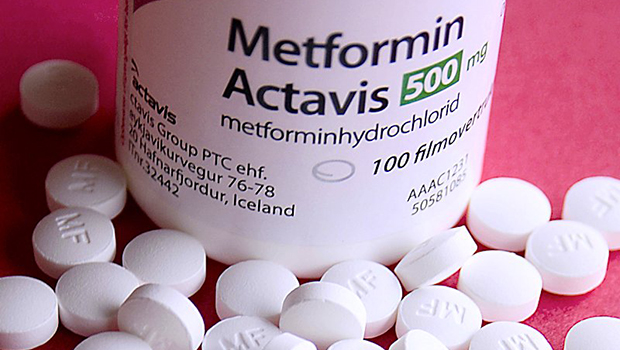An Insulin Price War?

People who pay for Lantus might be puzzled if they hear that the company that makes the popular insulin is in trouble. In 2013, sales of Lantus earned Sanofi some $8 billion, and the drug company felt comfortable enough to raise the price of its basal insulin twice in a year. Yet recent headlines suggest that Sanofi is in a financial bind, in part because of the threat of the flagging fortunes of its Lantus franchise.
Corporate heads already have rolled at Sanofi, and there’s promise of more pink slips on the way for the Lantus sales force. FiercePharma reporter Tracy Staton has provided extensive coverage of the turmoil, and she reports that the crisis began with a press release. In the midst of seemingly-positive statistics of strong sales and profits, Sanofi’s then-CEO Chris Viehbacher told investors that the outline for Lantus is flat in 2015:
“We have recently seen a more challenging U.S. diabetes price environment which will impact our diabetes sales throughout 2015,” Viehbacher said in a FiercePharma report.
What may at first seem like an innocuous statement was enough for stock analysts to smell blood. Sanofi’s stocks plummeted and Viehbacher was soon fired. While Sanofi company insiders said that his termination resulted from a handful of corporate sins, analysts pointed to the disappointing outlook of Lantus as a key reason for Viehbacher’s ouster.
So how did a popular blockbuster drug help cost a pharma CEO his job? In Staton’s reports, observers say that Lantus’ strong sales in 2013 most likely were propped up by price increases, not increased usage.
The problem is that insurance payors had had enough of the price increases. Apparently, they successfully demanded price discounts for Lantus going forward for 2015. In a recent earnings call, Viehbacher said that Sanofi had to offer discounts to insurance payors to ensure that Lantus was included in insurance plan formularies.
This ebb and flow of price points is part of daily existence for drug companies, but Sanofi investors already were on edge about Lantus’ future. They had been worried that the company’s insulin franchise was heading toward a financial cliff because patent protection for Lantus expires in early 2015. While Sanofi is readying a new and improved basal insulin formulation, it is going to have more competition in the near future from Lilly and Novo Nordisk, who are cuing up their own basal insulin formulas. Sanofi is already locked in a legal battle to delay or derail the release of Lilly’s basal insulin.
What remains to be seen is whether Lantus’ turmoil will trigger a pricing war among drug companies, as Sanofi is forced to fight off the competition. Sanofi has already tipped its hand that it had to offer discounts for 2015, and in theory that should trickle down to lower prices for customers. But Sanofi’s nominal direct competitor for the basal insulin marketplace, Novo Nordisk, has indicated that it’s not that interested in giving out large-scale discounts to get its basal insulin, Levemir, picked up by insurance payors.
If this is true, then as the market now stands there won’t be a downward spiral in pricing in 2015, but there may be a mild nudge toward lower prices. Sanofi may be in competition mainly with its own earnings expectations until the new wave of basal insulin hits the market, and at that point all pricing bets are off.
Still, Sanofi is in turmoil, at least partly due to concern over Lantus’ marketshare. Any challenge to Lantus’ dominance should, in theory, lead to increased competition to make better insulin at a cheaper price.
If you want to read up more on the Sanofi saga, you can click on the FiercePharma articles below:
- Looming trouble in Sanofi’s diabetes biz turns up the heat on CEO
- Sanofi canned its outspoken CEO. Will the board go French with a replacement?
- Who’s the diabetes price-cutting culprit: Lilly, Sanofi or Novo?
- Sanofi’s U.S. sales team gets its close-up–and a promised makeover
Thanks for reading this Insulin Nation article. Want more Type 1 news? Subscribe here.
Have Type 2 diabetes or know someone who does? Try Type 2 Nation, our sister publication.







